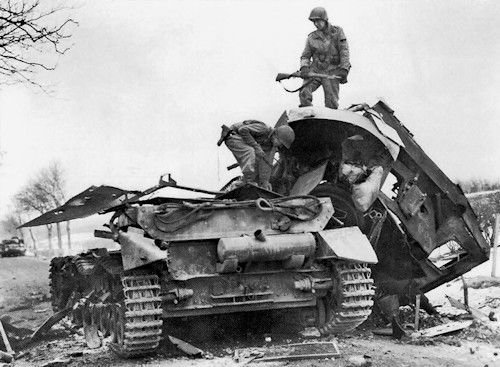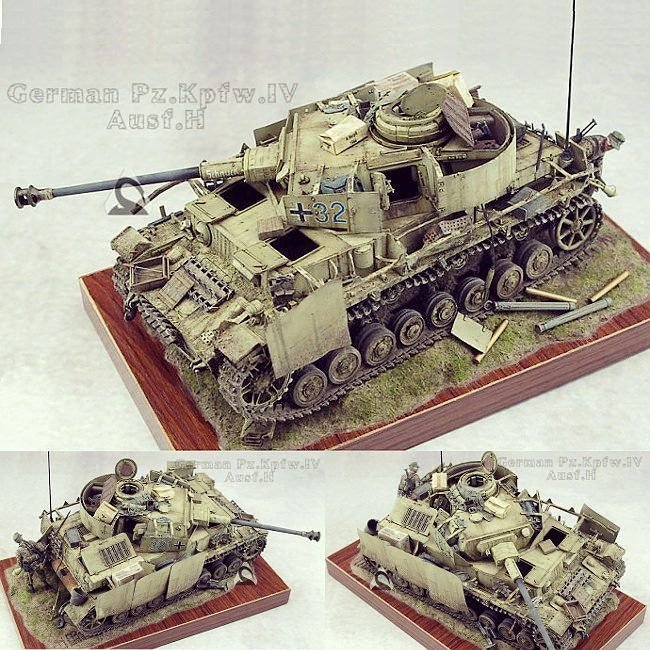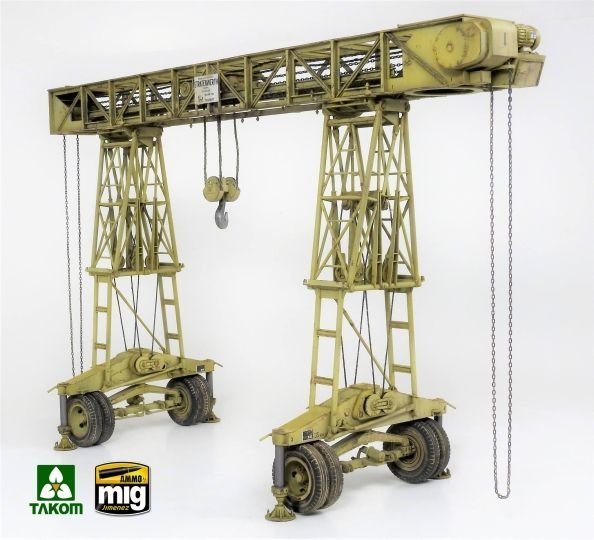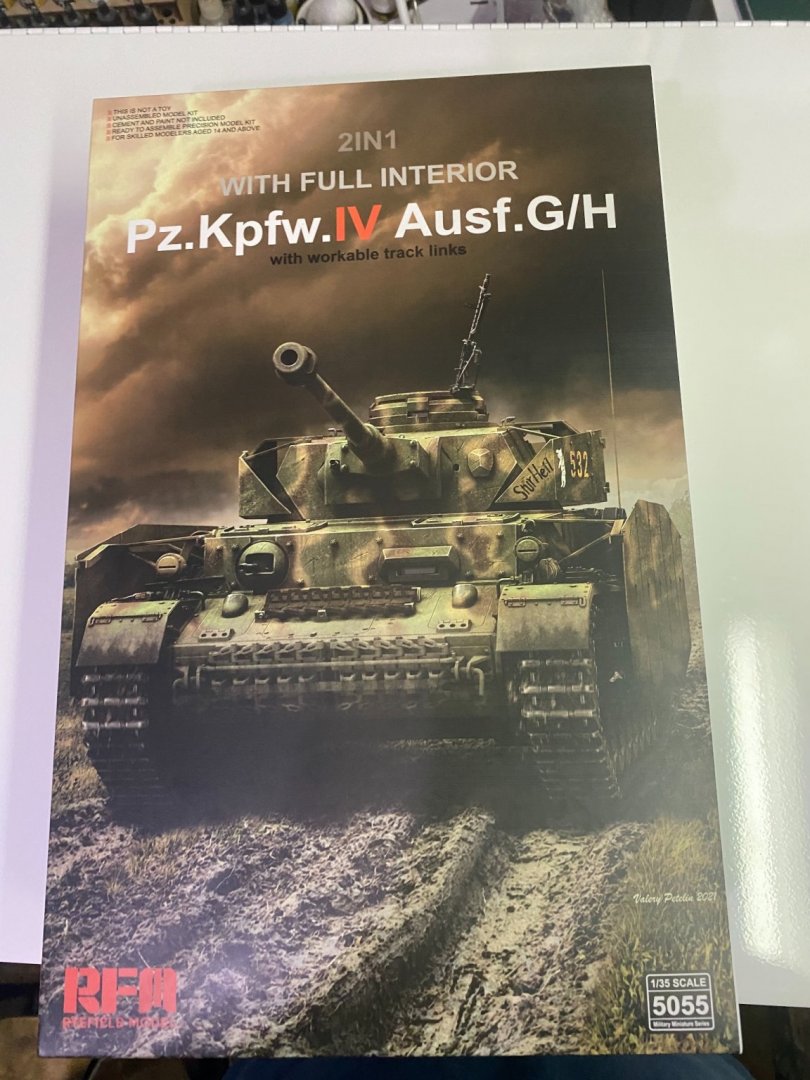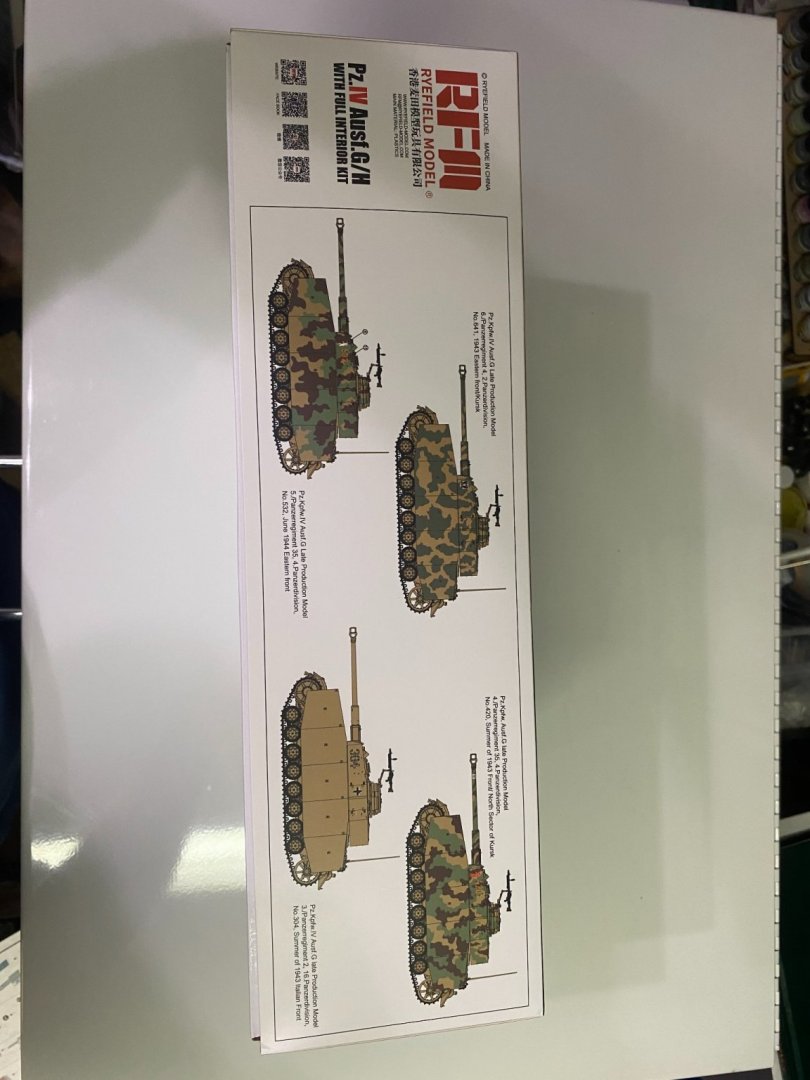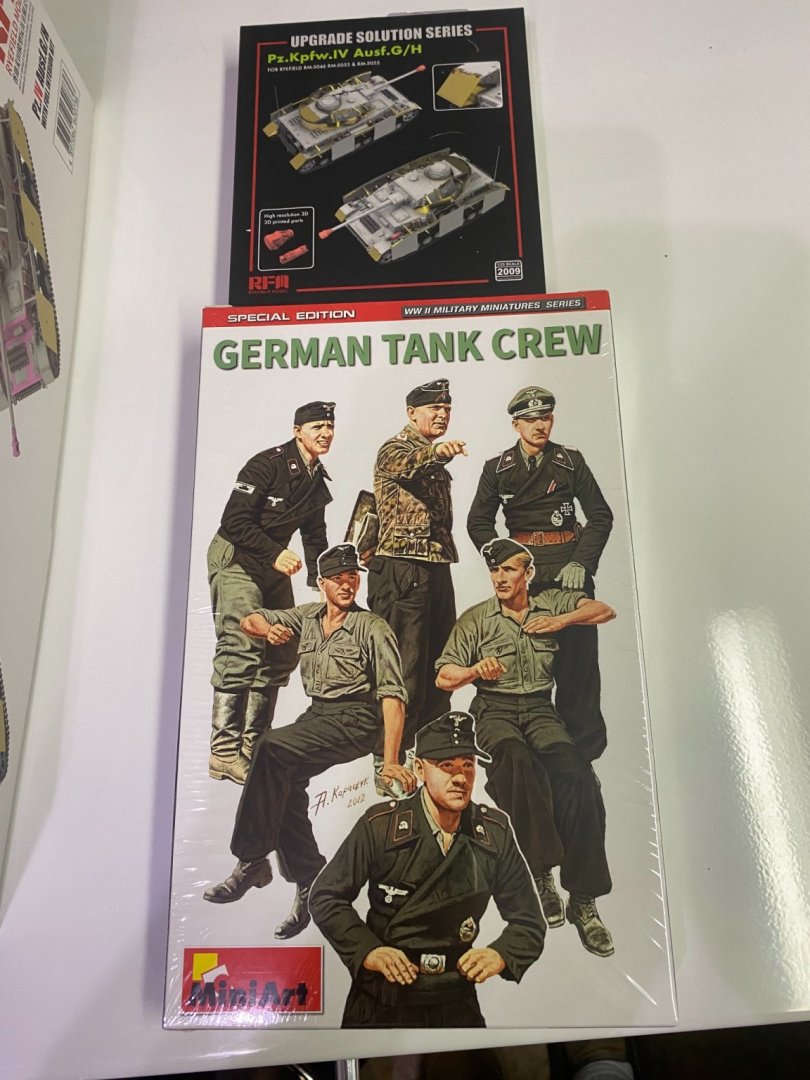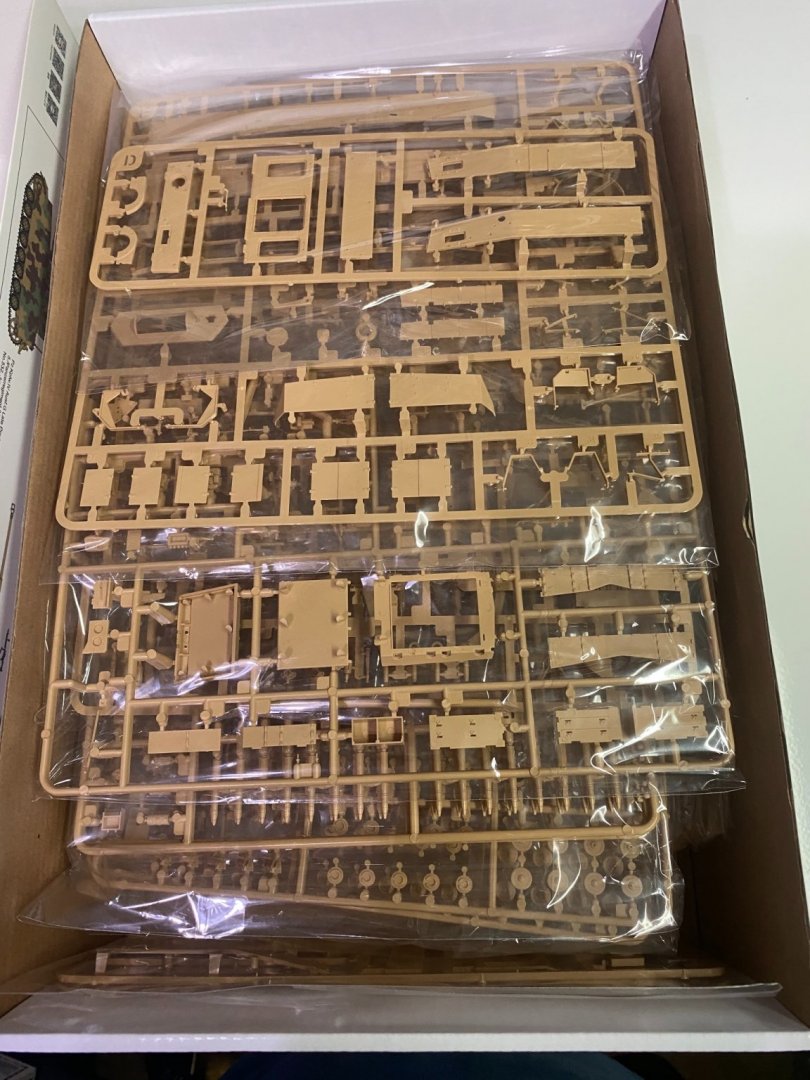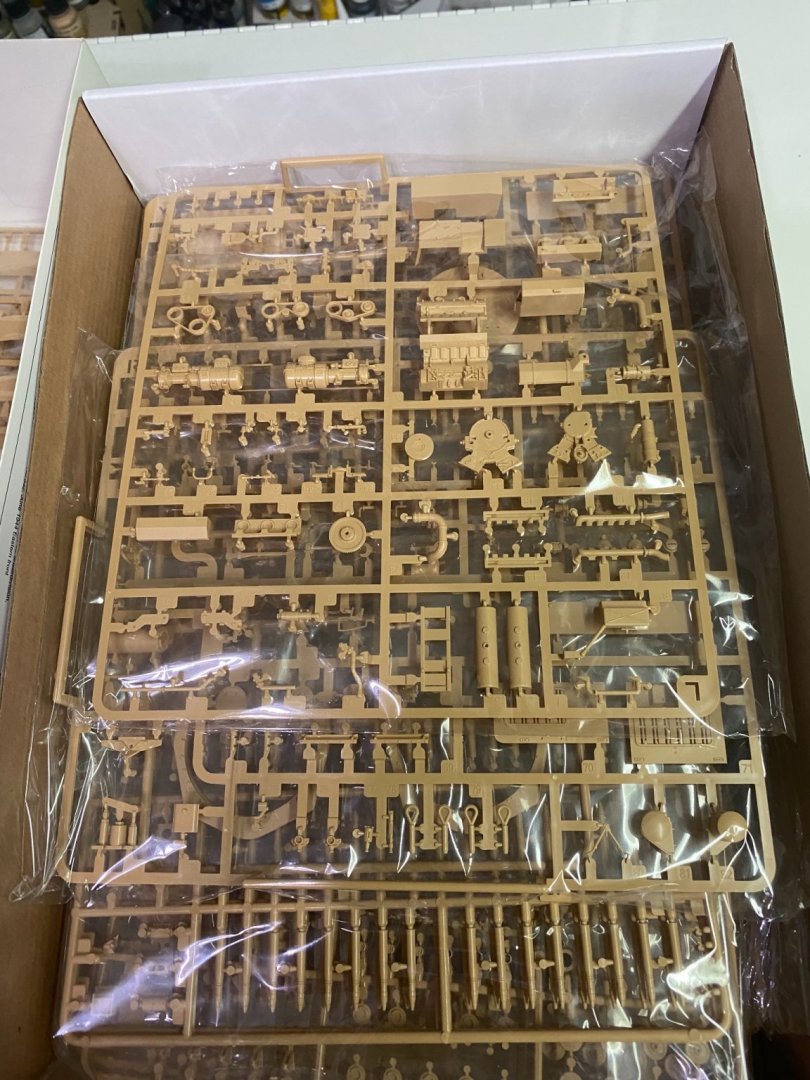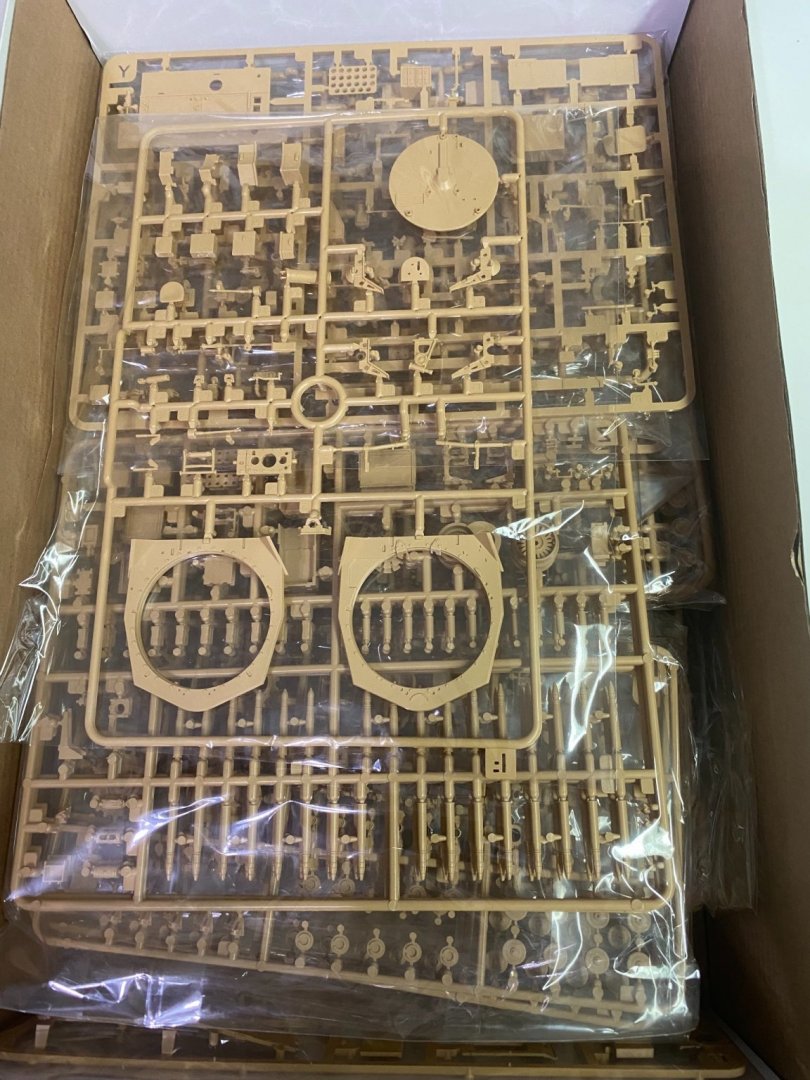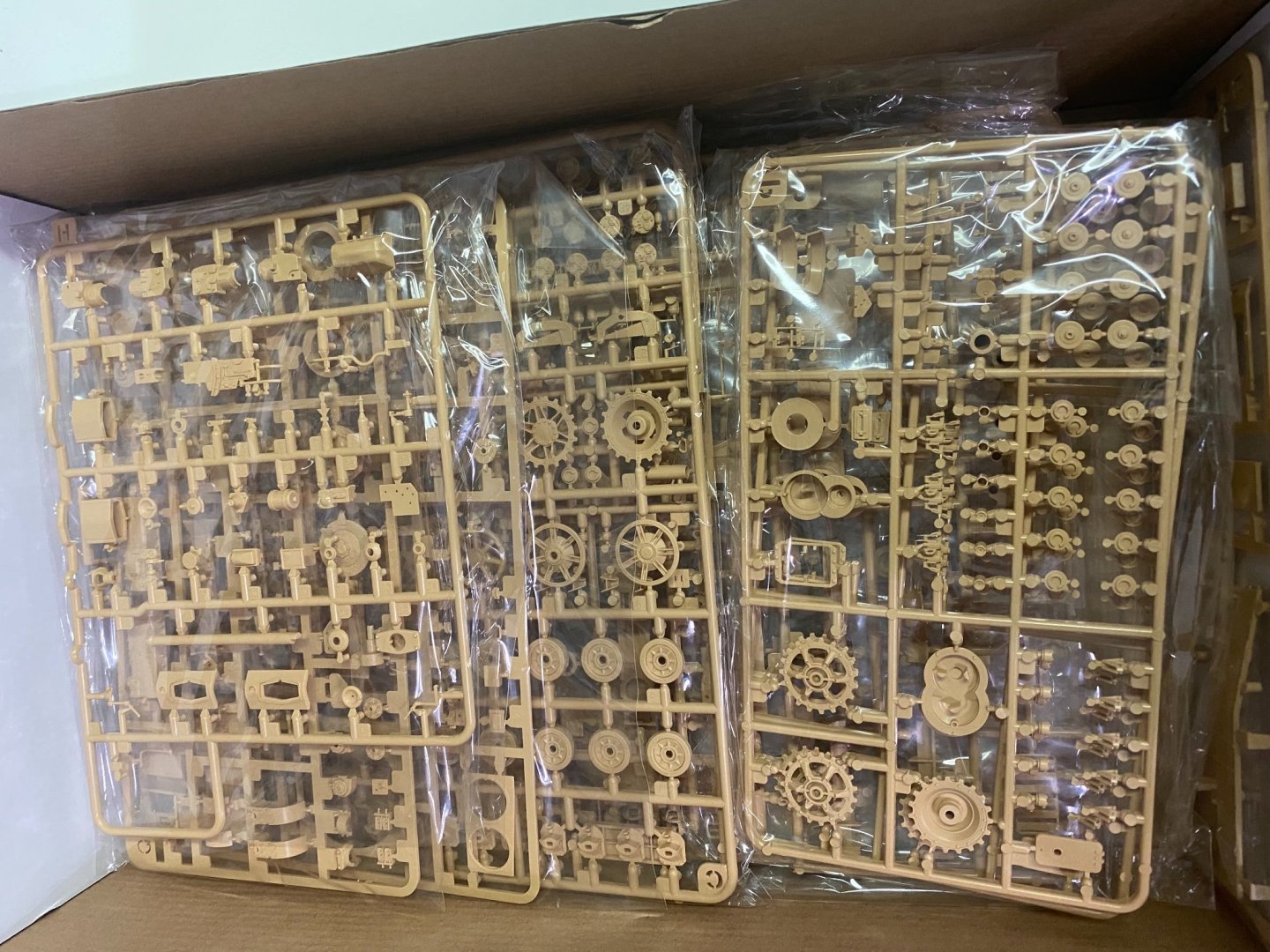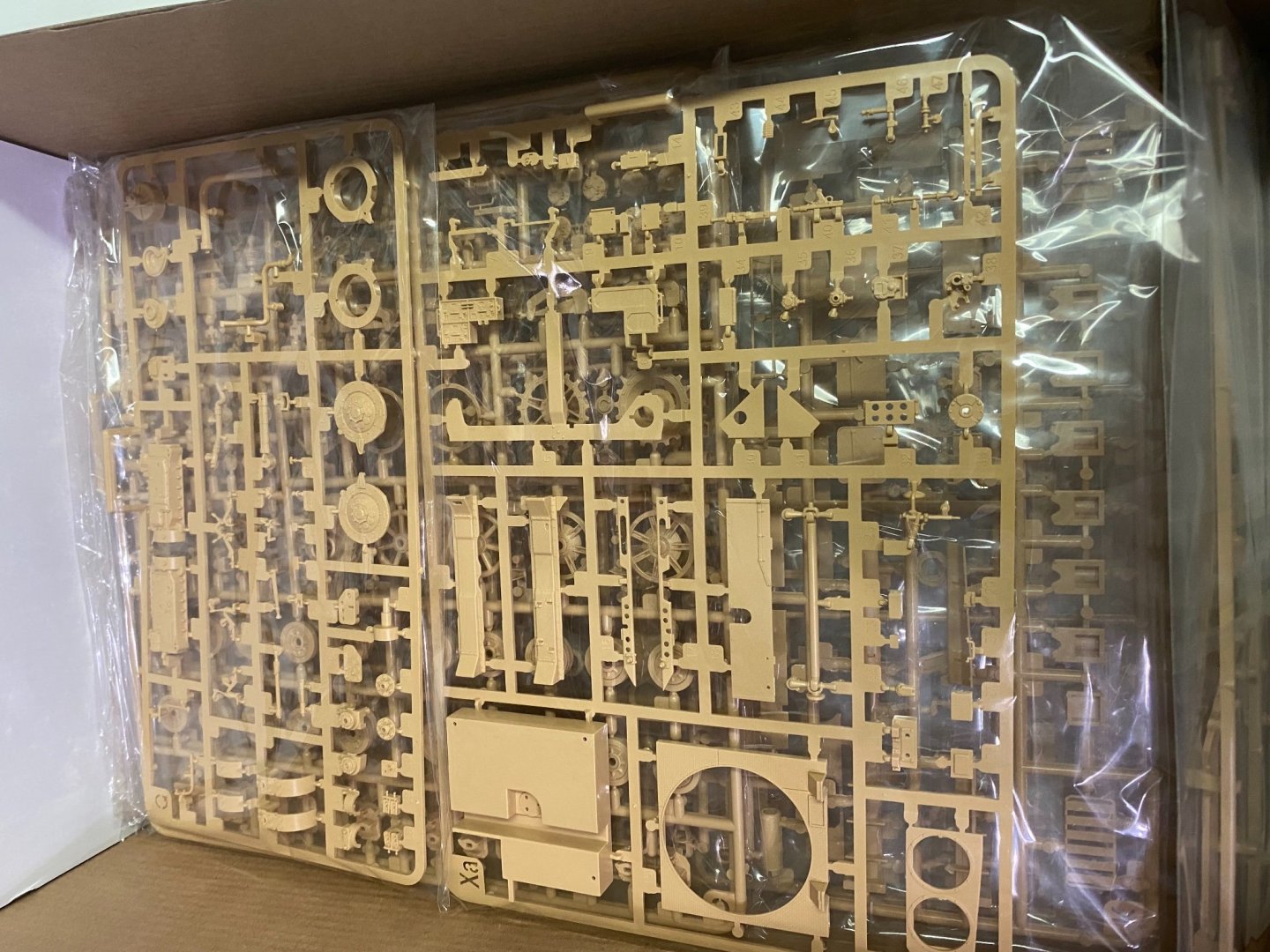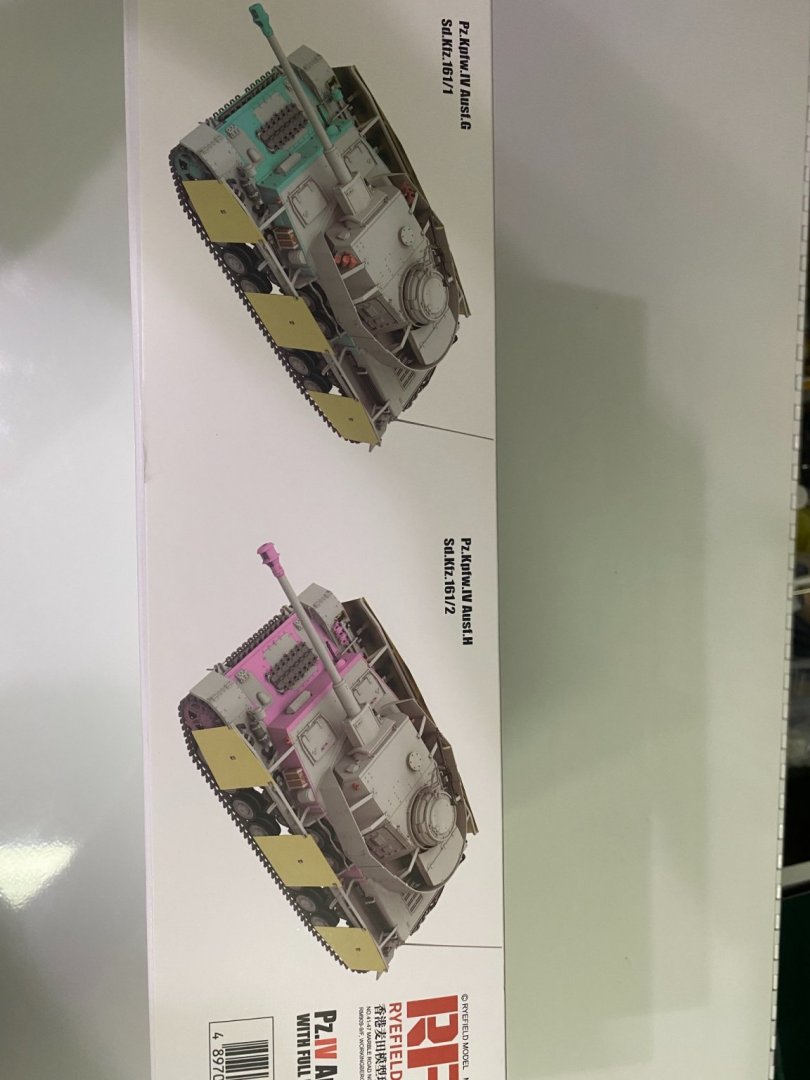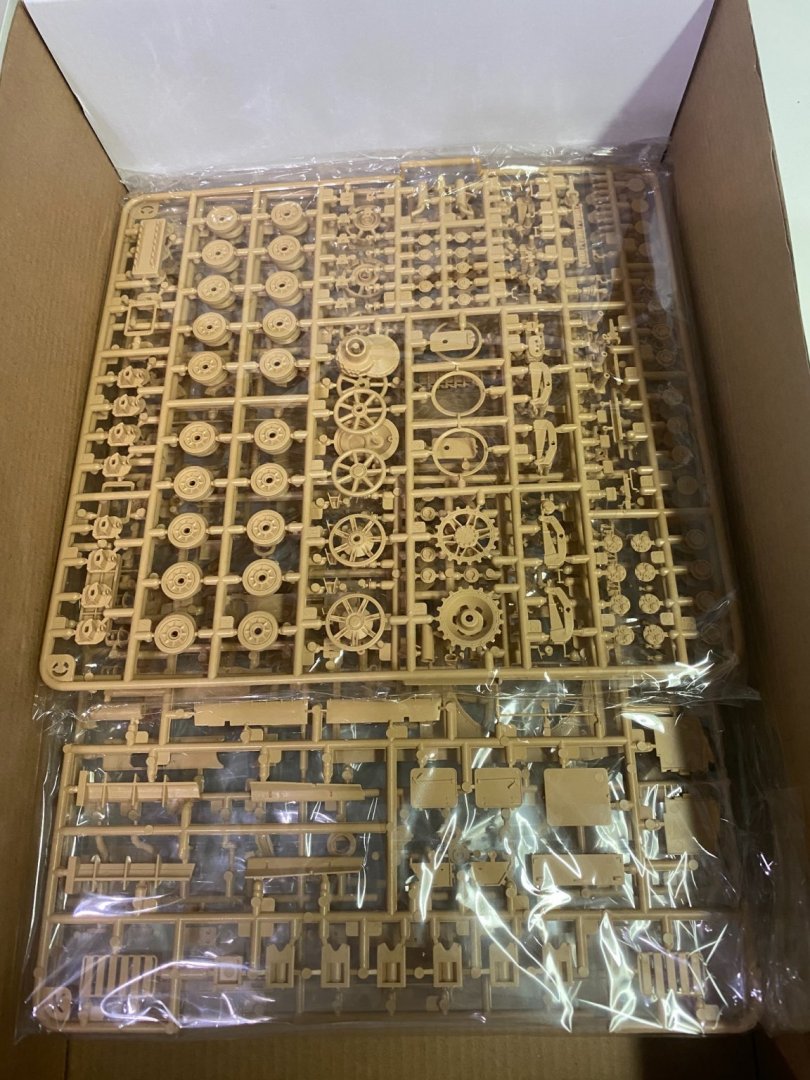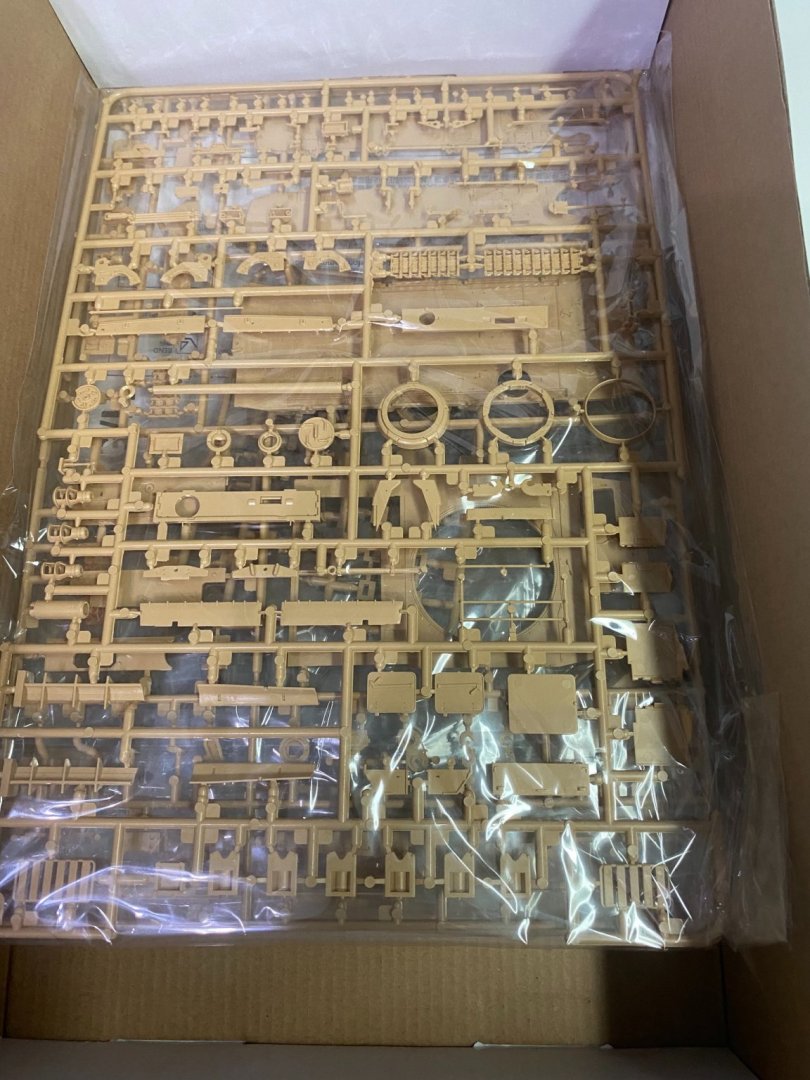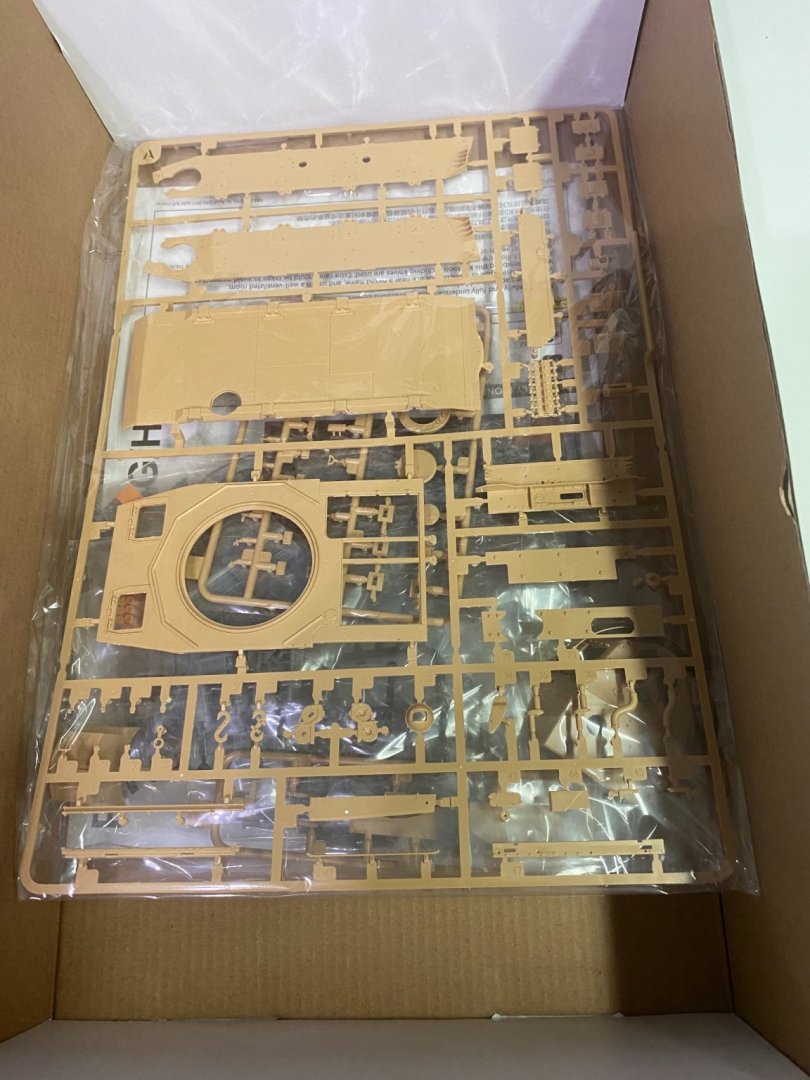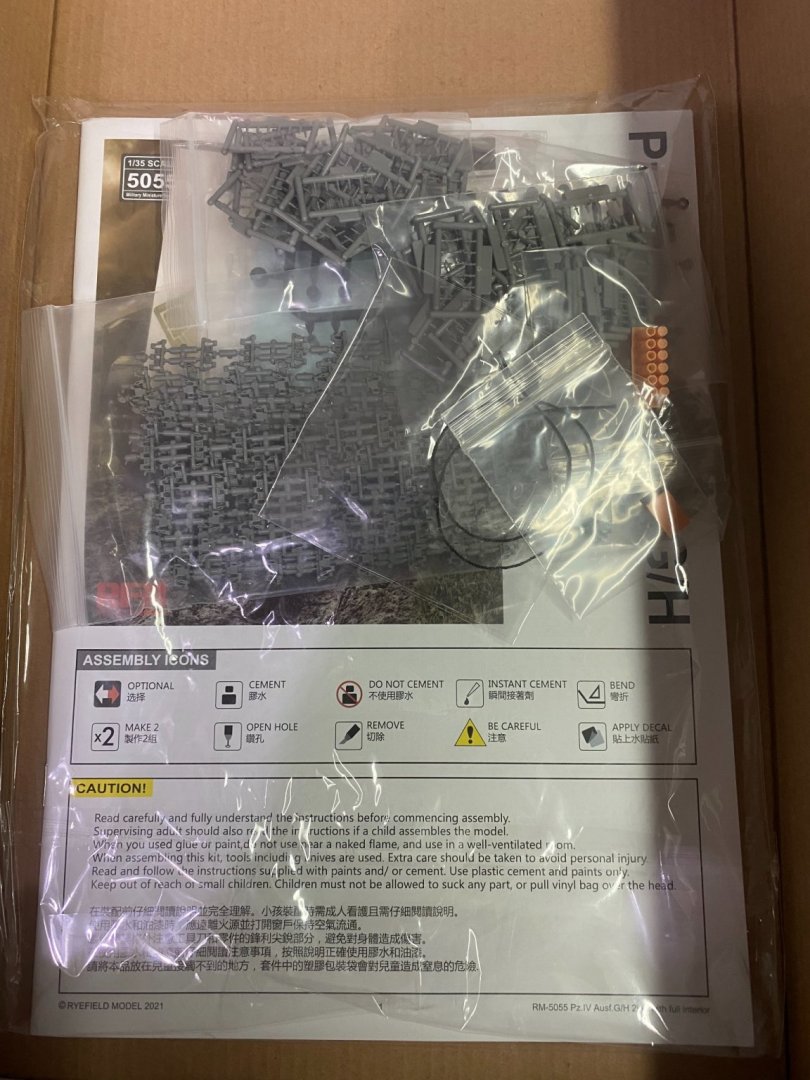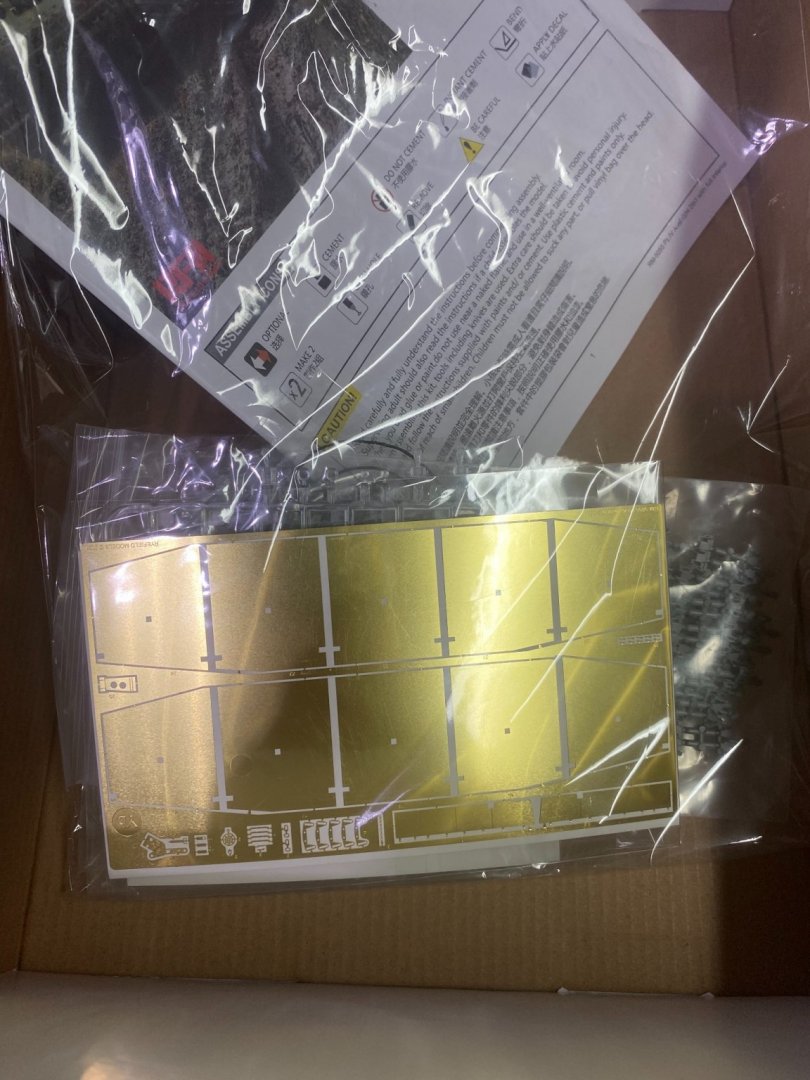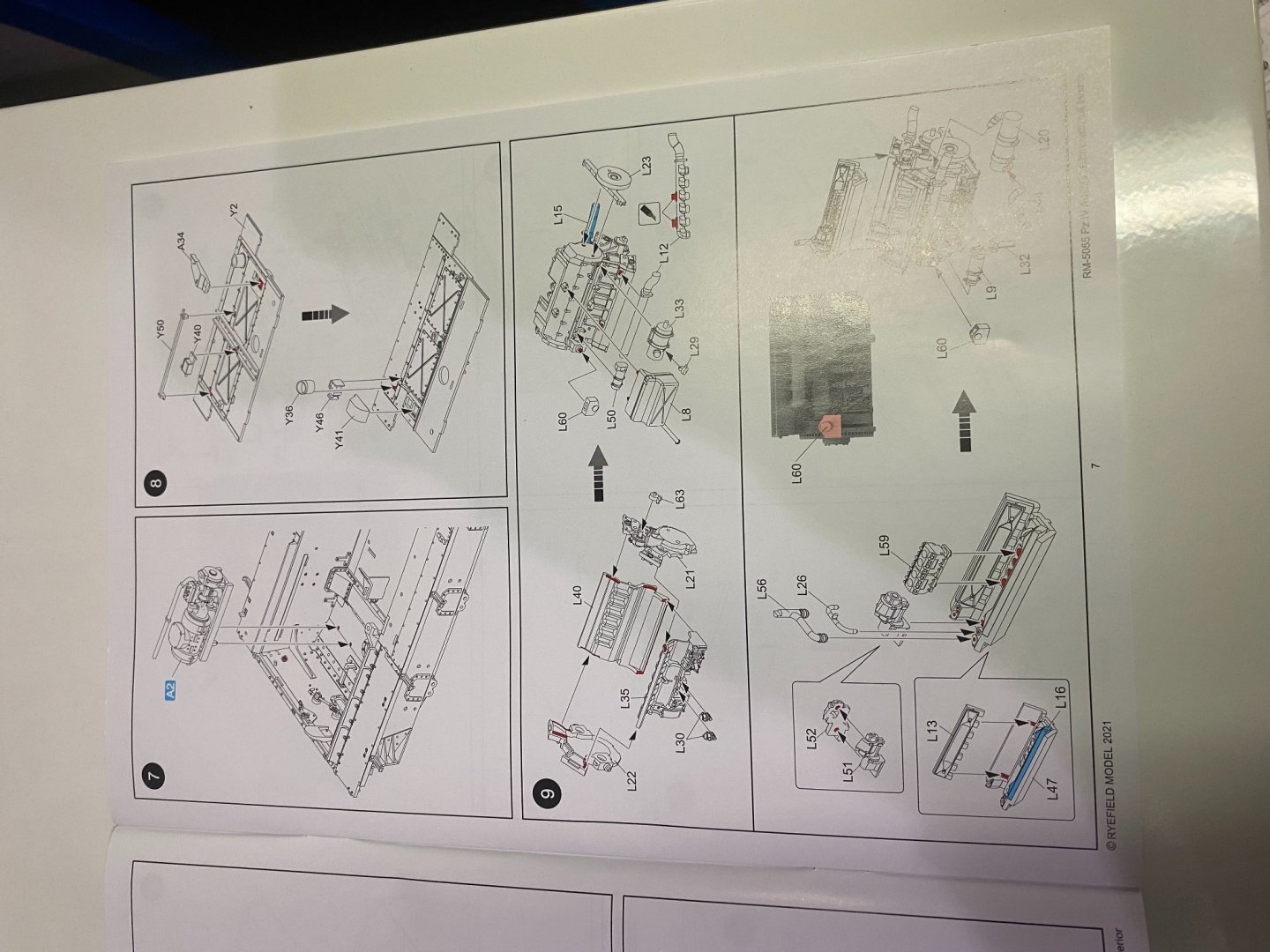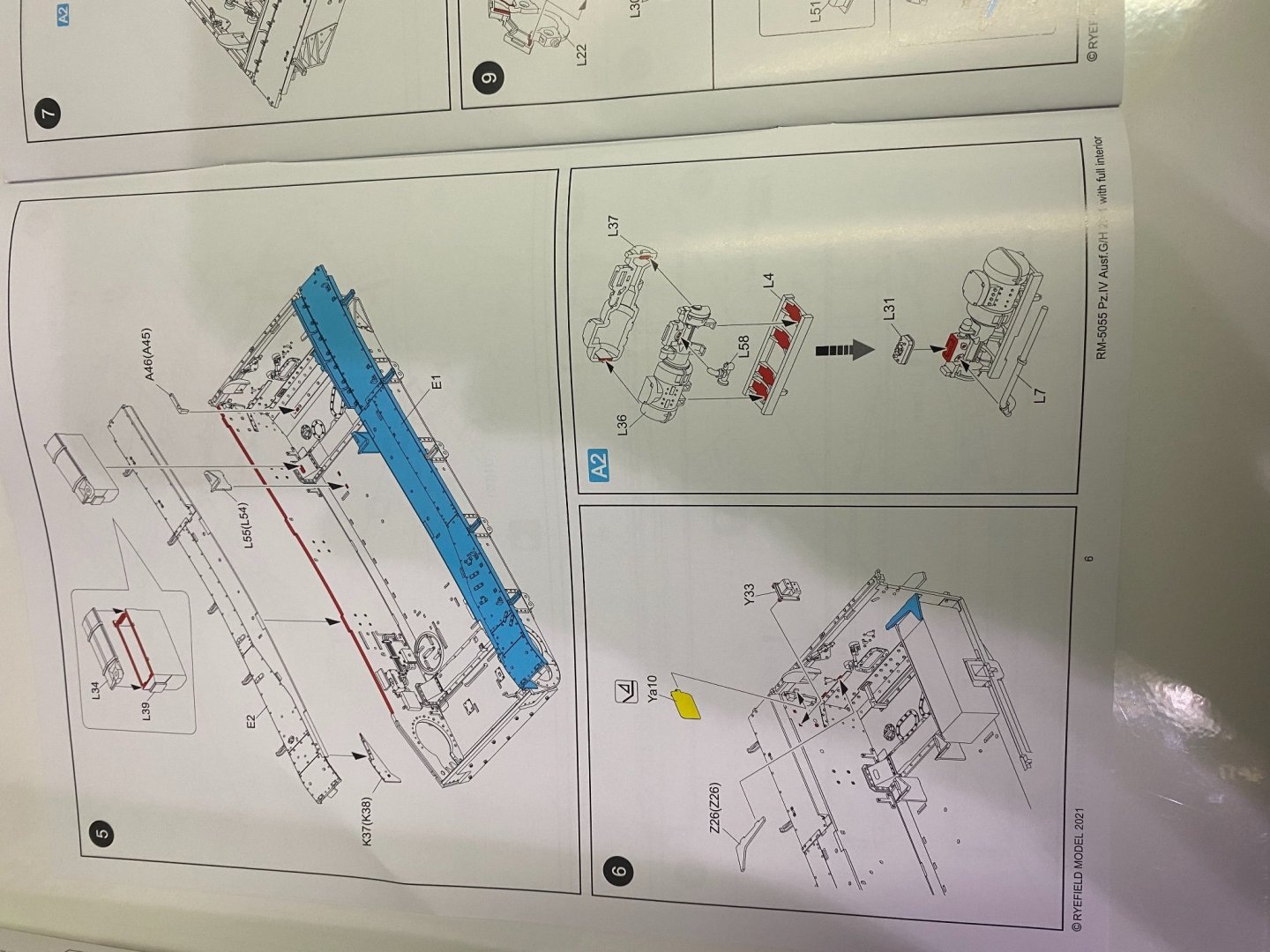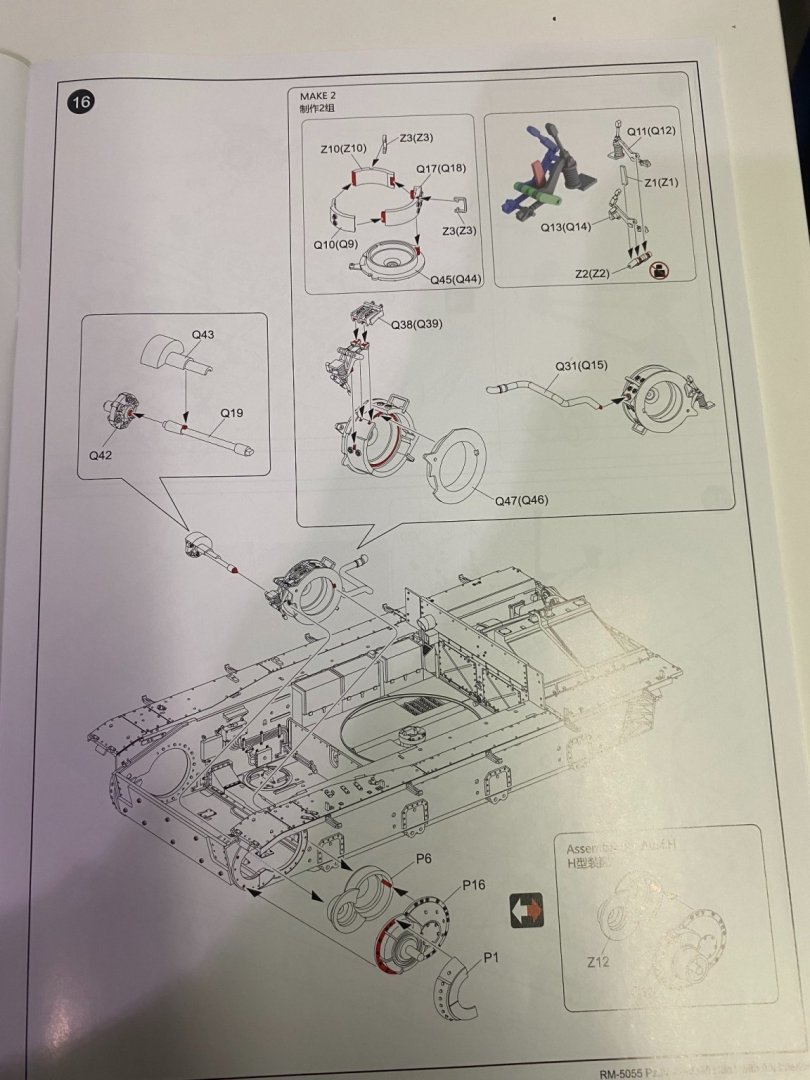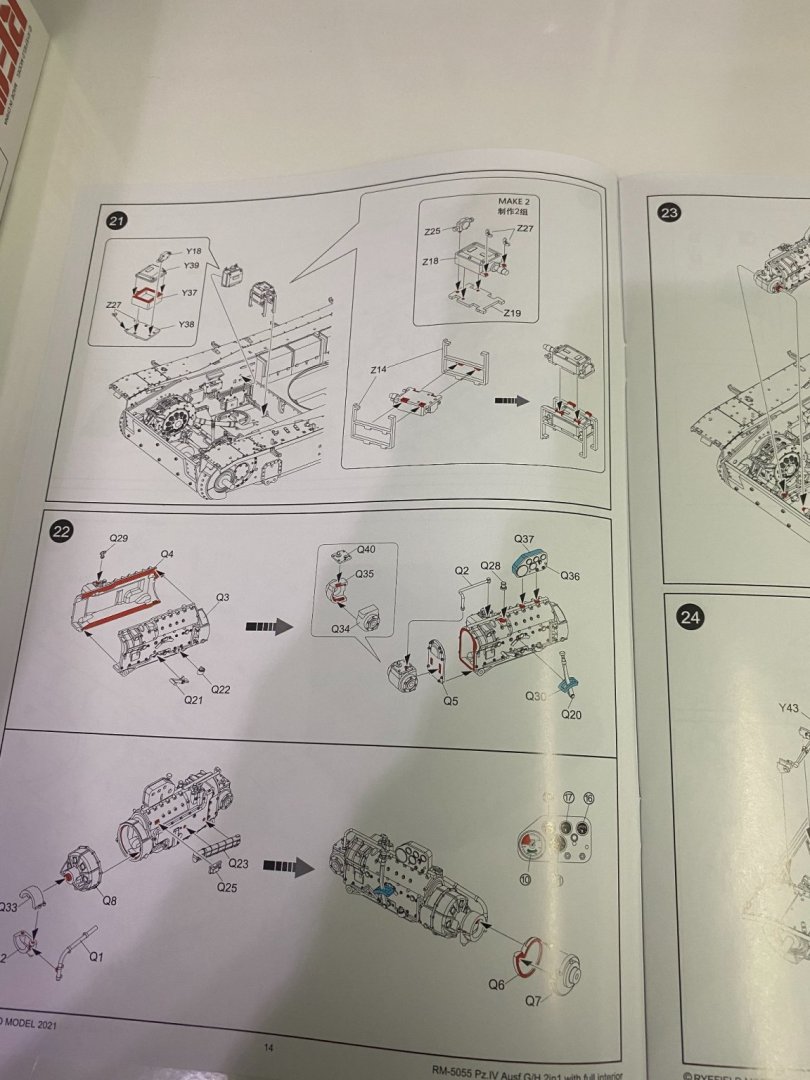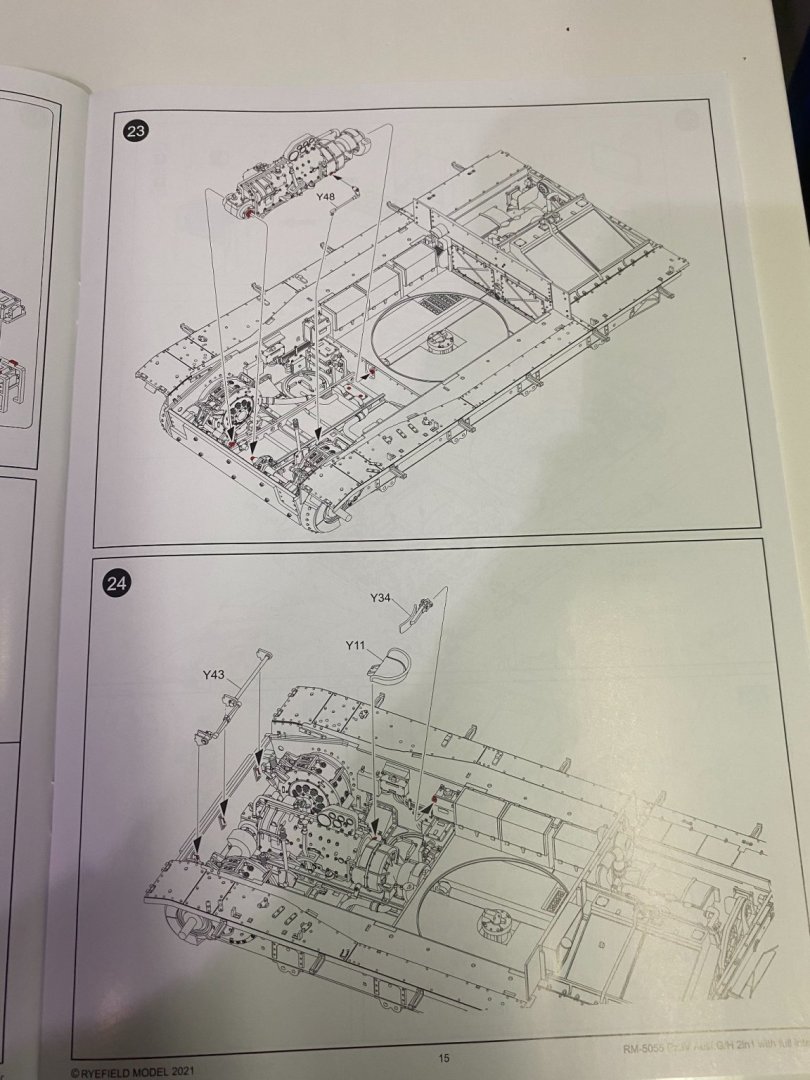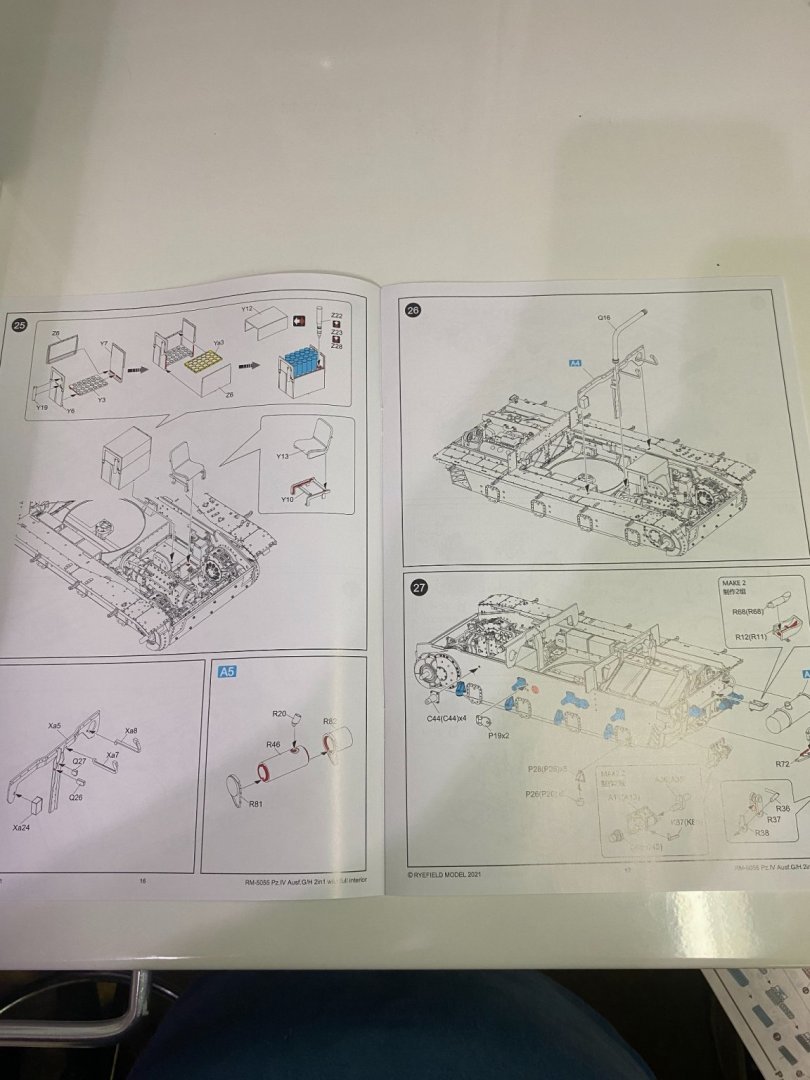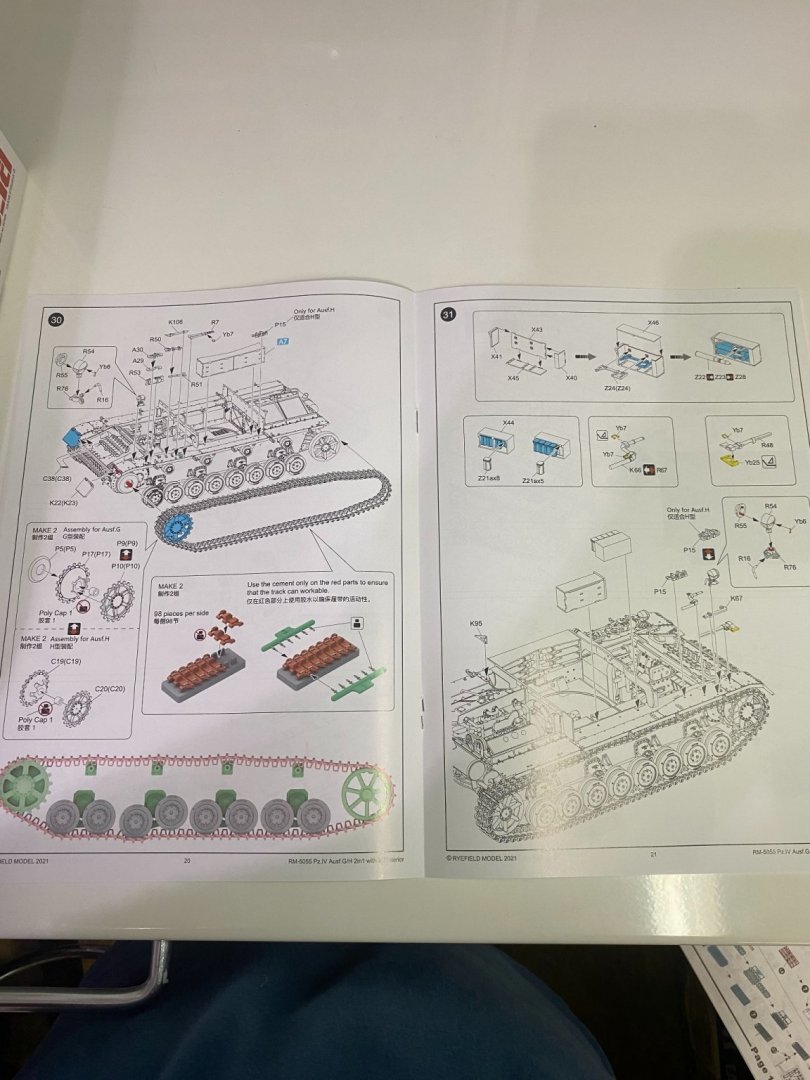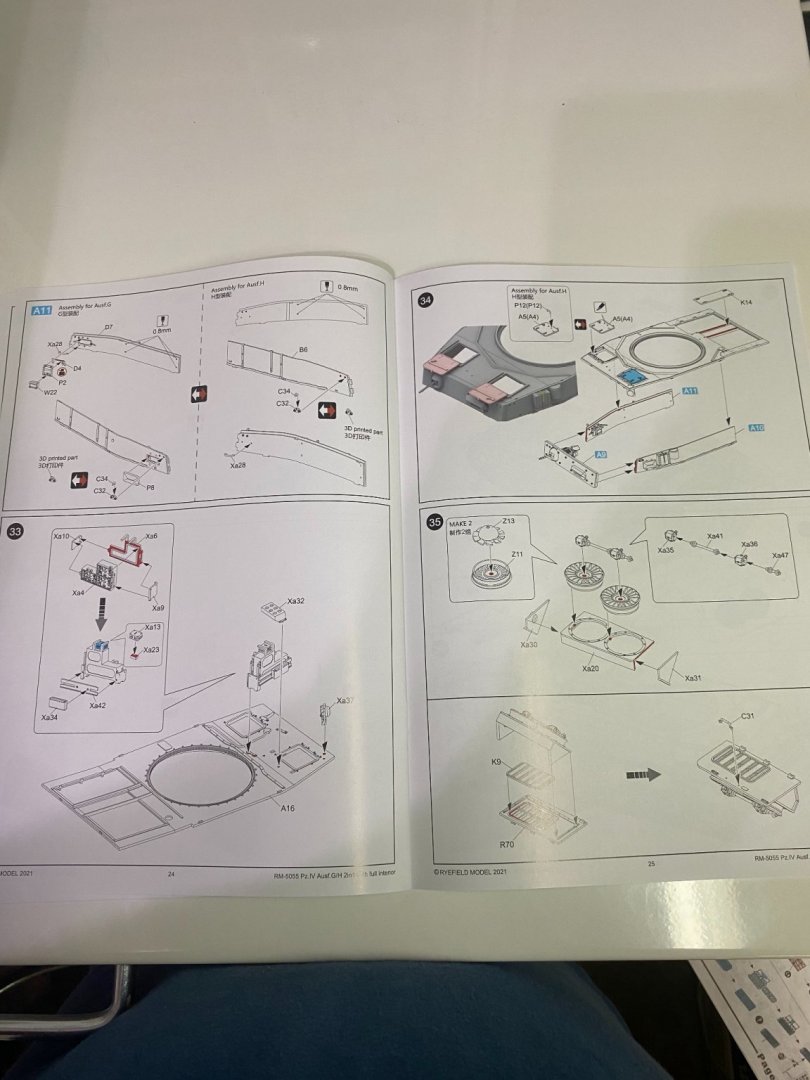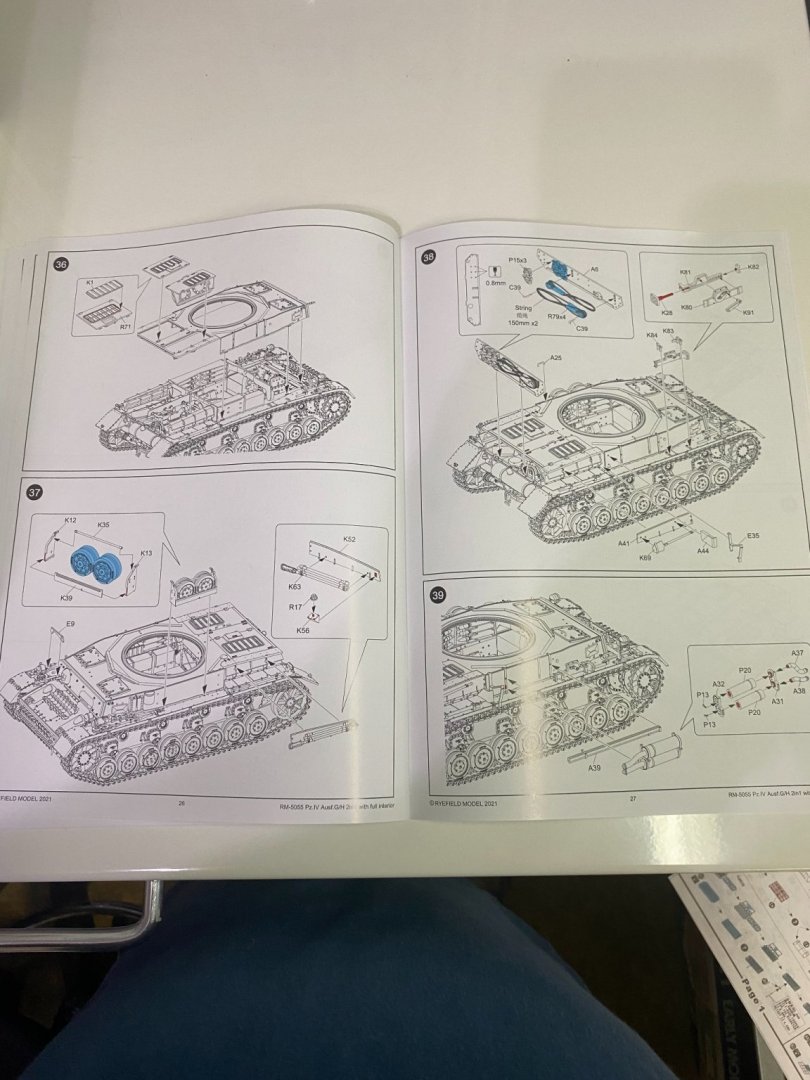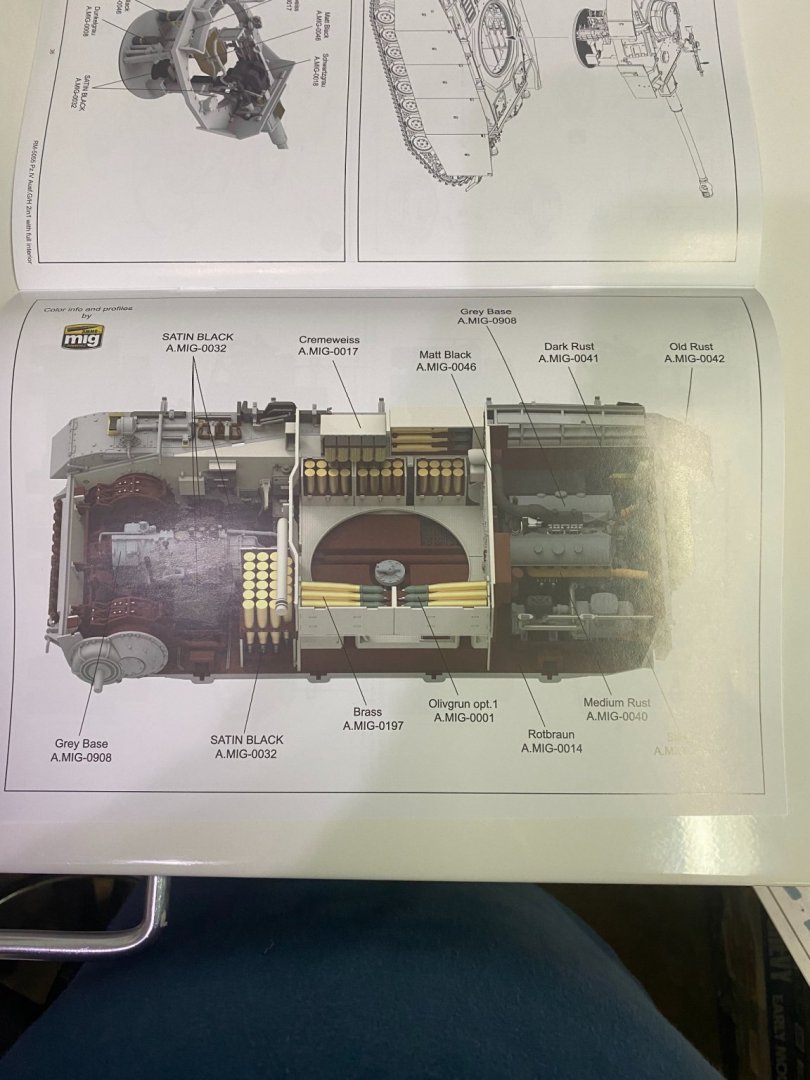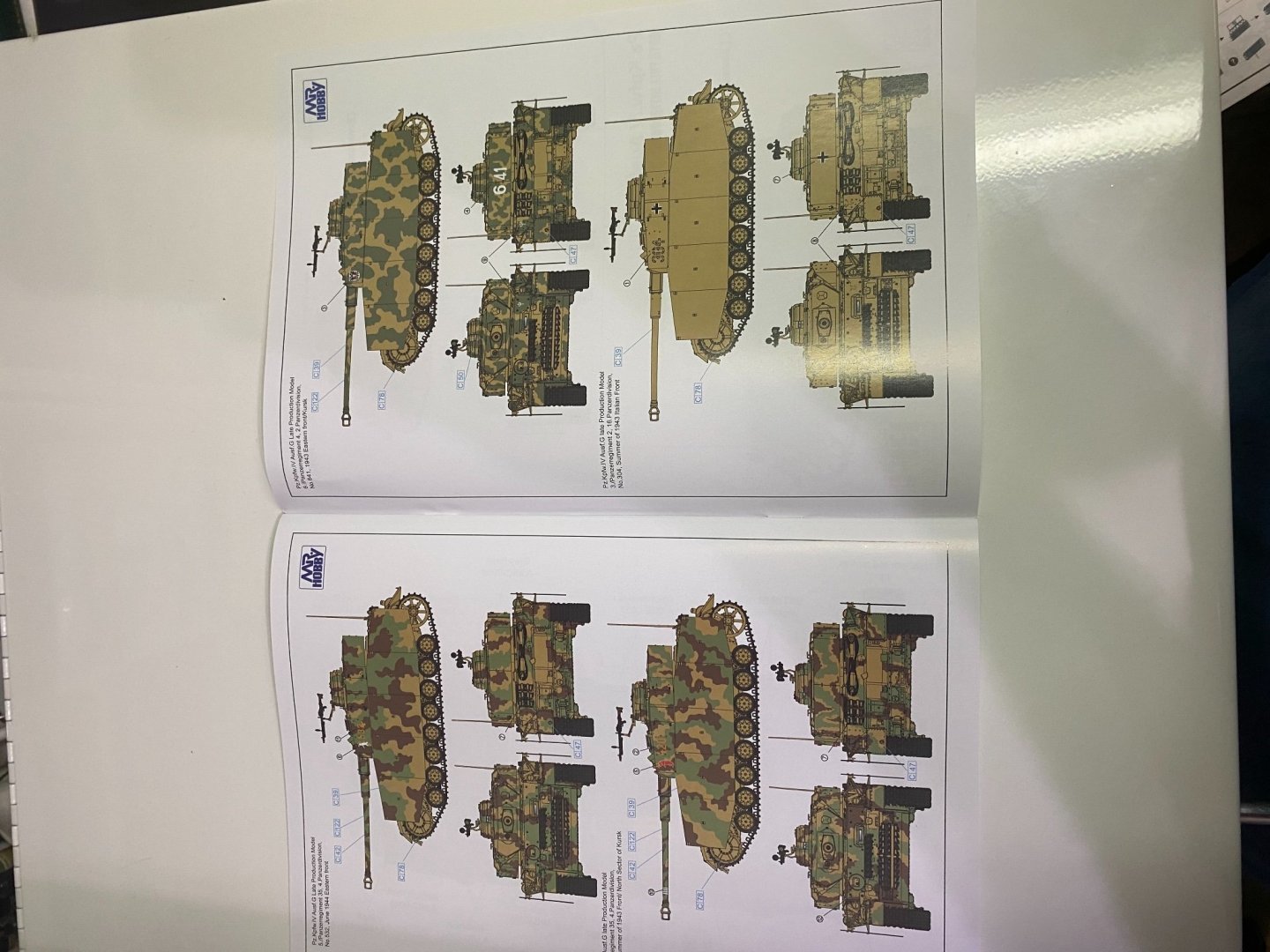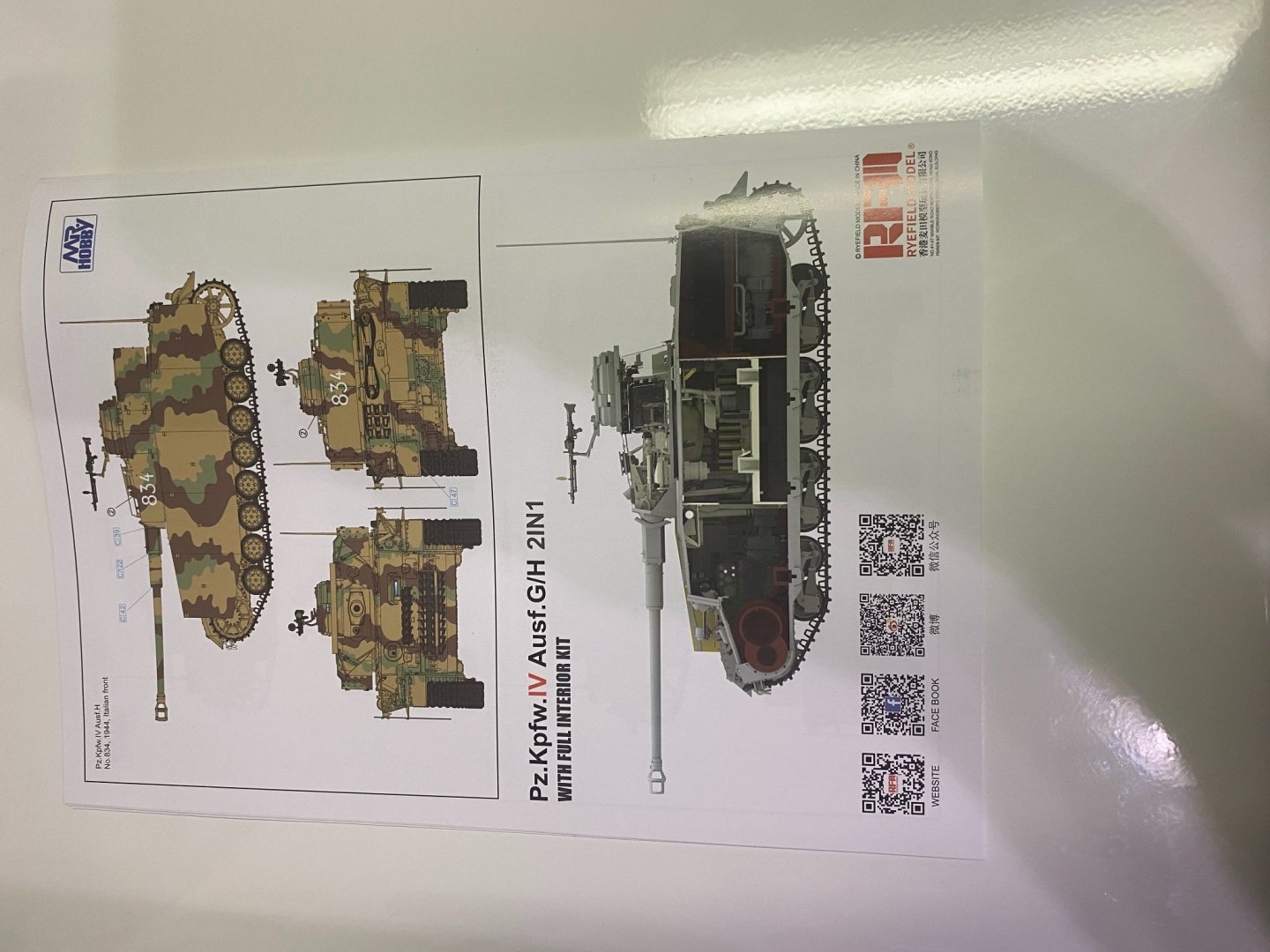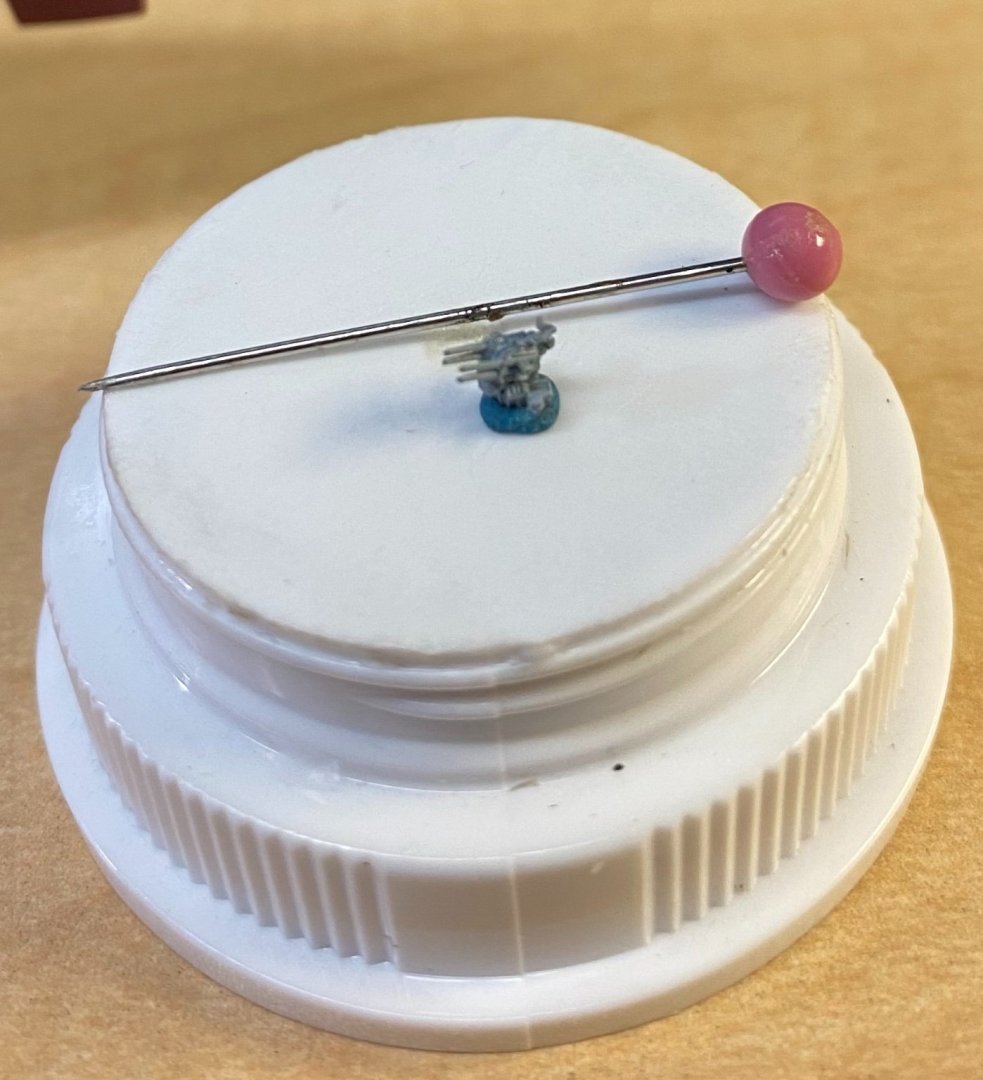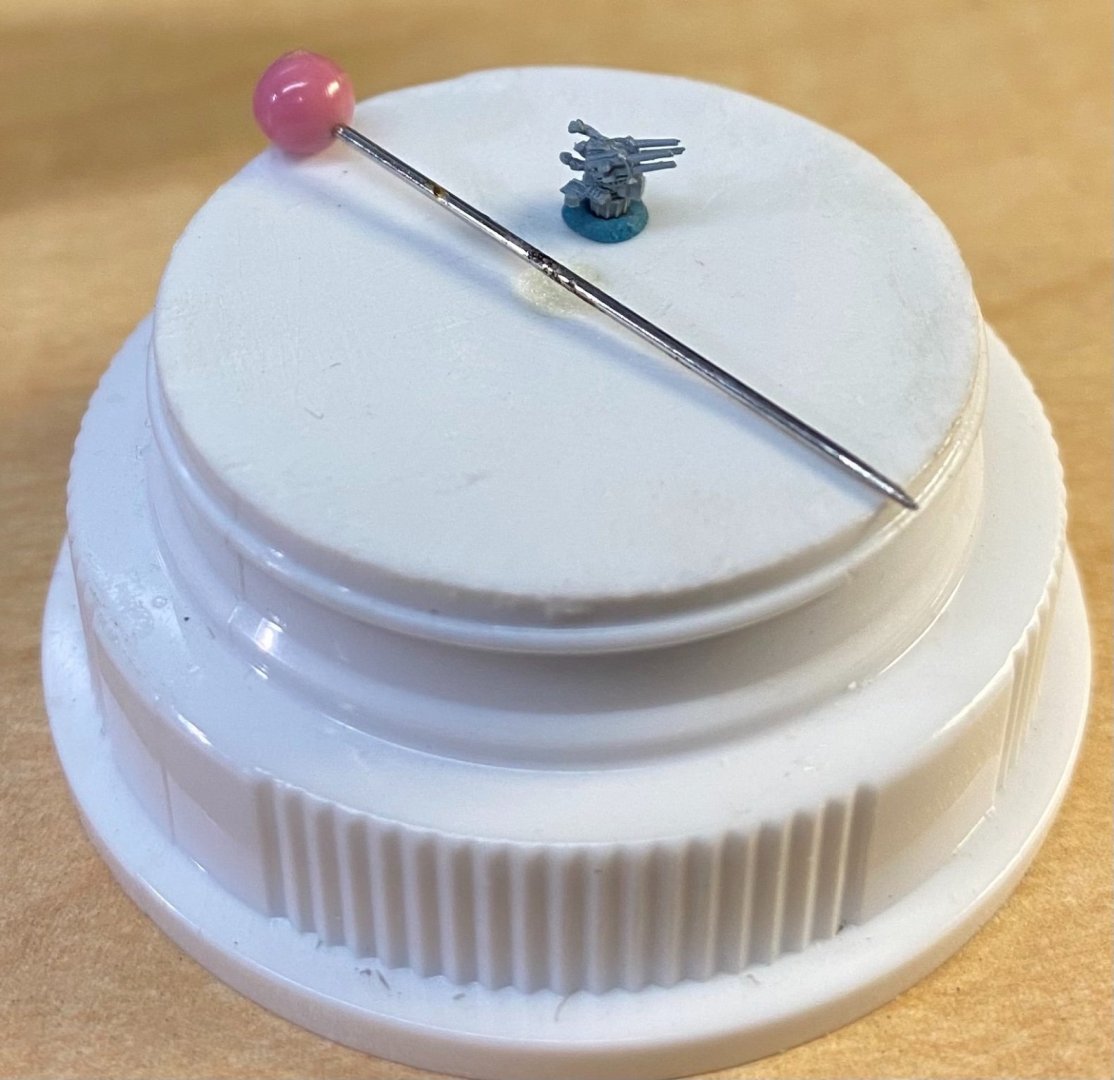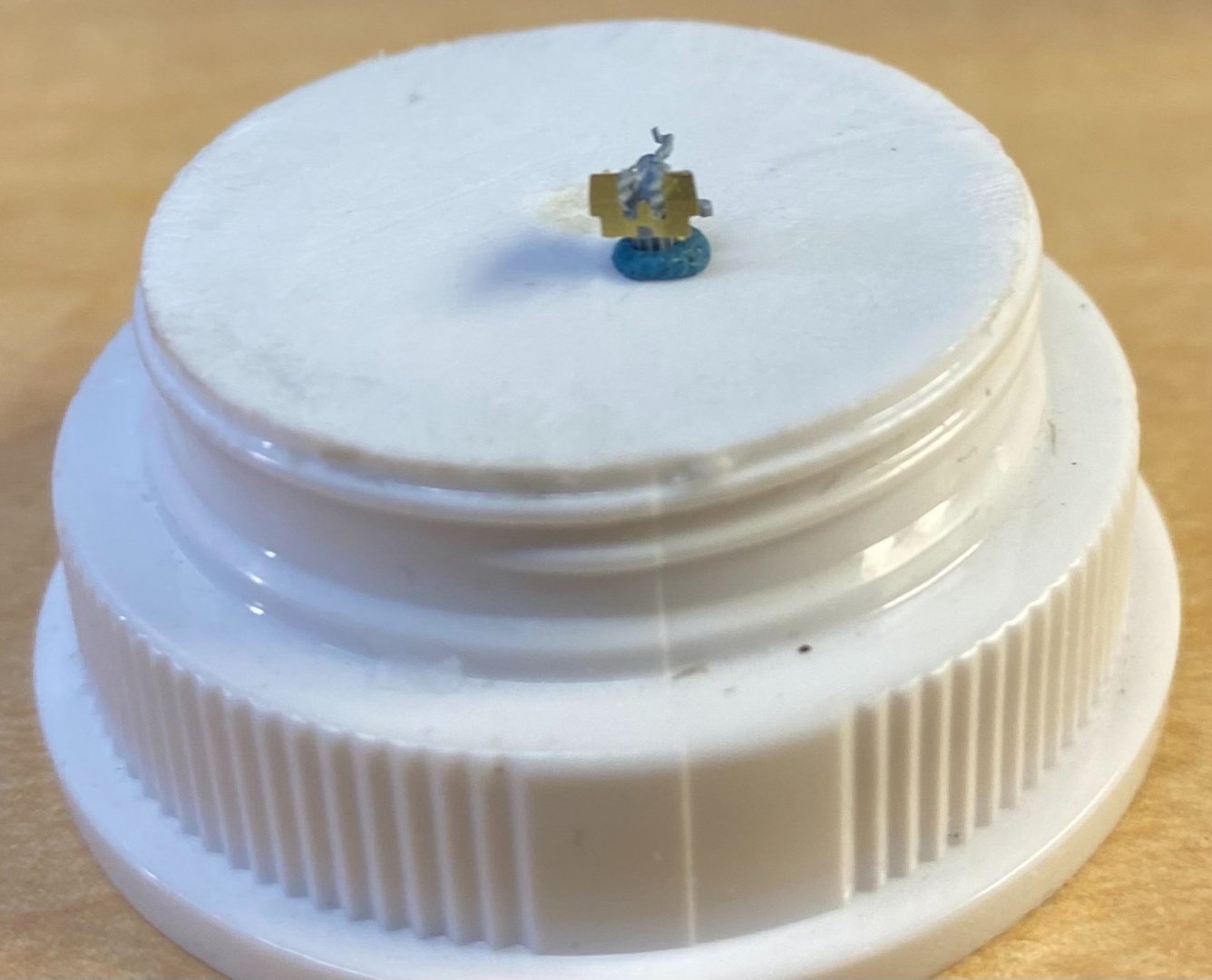-
Posts
7,742 -
Joined
-
Last visited
Content Type
Profiles
Forums
Gallery
Events
Everything posted by CDW
-

Pz.Kpfw. IV Ausf. G/H by CDW - Ryefield - 1:35 - PLASTIC
CDW replied to CDW's topic in Non-ship/categorised builds
-

Pz.Kpfw. IV Ausf. G/H by CDW - Ryefield - 1:35 - PLASTIC
CDW replied to CDW's topic in Non-ship/categorised builds
-

Pz.Kpfw. IV Ausf. G/H by CDW - Ryefield - 1:35 - PLASTIC
CDW replied to CDW's topic in Non-ship/categorised builds
Yes, it's full indeed. The weight of the box caught my interest right away at the hobby shop as it seemed to indicate a well detailed model inside, as most Ryefield kits are well appointed. I'll need to be thinking of ways I can display the fighting compartment and all the other inner components, not cover it all up. Battle damaged maybe? -

Pz.Kpfw. IV Ausf. G/H by CDW - Ryefield - 1:35 - PLASTIC
CDW replied to CDW's topic in Non-ship/categorised builds
I tried the game when it first came out, but never gained a solid interest in it. I'll never forget how my oldest grandson taught me a lesson or two playing Call of Duty. He would find and shoot me quicker than I could say, jack rabbit. -

Pz.Kpfw. IV Ausf. G/H by CDW - Ryefield - 1:35 - PLASTIC
CDW replied to CDW's topic in Non-ship/categorised builds
Welcome aboard gents. -

Pz.Kpfw. IV Ausf. G/H by CDW - Ryefield - 1:35 - PLASTIC
CDW replied to CDW's topic in Non-ship/categorised builds
No apology needed. Thanks for pointing it out. It might have taken me a while to figure out the error unless you had mentioned it. At first, I thought you were suggesting a longer title or impressing me with your language skills. 😄 -

Pz.Kpfw. IV Ausf. G/H by CDW - Ryefield - 1:35 - PLASTIC
CDW replied to CDW's topic in Non-ship/categorised builds
😅 I didn't even realize it until you wrote this. Spell checker changed my title to "Australian". When it's good, it's good. When it's bad, it's bad. Happens on my cell phone all the time but guess I better pay attention to spell checker here, too. -

Pz.Kpfw. IV Ausf. G/H by CDW - Ryefield - 1:35 - PLASTIC
CDW replied to CDW's topic in Non-ship/categorised builds
Too many words for the title. 😄 -
I saw this kit at my local Hobby Town and knew for sure I wanted one, but thought maybe I should shop online for a review and a better price as the LHS was asking $105.99 for their copy. after finding a review and liking it, lucked out to find the kit on sale at Spruebrothers, much more to my liking. I ended up ordering a photo etch update for the turret armor with a 3D printed muzzle brake, and a full set of crew figures as well.
-
Since you asked, I looked at it and wow, nice stuff!
- 174 replies
-
- prinz eugen
- trumpeter
-
(and 2 more)
Tagged with:
-
Thanks Denis. I am plodding along through it. Will be glad when it's done.
- 174 replies
-
- prinz eugen
- trumpeter
-
(and 2 more)
Tagged with:
-
This is so true. Besides the inordinate amount of time it takes to assemble the 1:700 photo etch AA guns, putting them together in the proper way, in the proper sequence, using the proper tools and adhesives is an experience-acquired process that's only learned through trial and error. Often times, you destroy three (or more) in order to make one good one because of what you didn't know before you made the errors that destroyed them. The quad 20mm AA guns were a case in point. I literally got just one chance to fold these things the correct way or to handle them the correct way. Once I didn't do it correctly, they are kaput, non repairable/non recoverable. On the bright side, the update set provides more than you actually need so there are spares.
- 174 replies
-
- prinz eugen
- trumpeter
-
(and 2 more)
Tagged with:
-
Without intending to do it, I have wound up with three FH Bismarck kits. Two are the bonus kits that include the update sets and one is the bare plastic kit. Just for comparing the two, I plan to build one with no extras except photo etch railing. I think the FH plastic is good enough to compare very well to a fully upgraded one. We shall see.
- 174 replies
-
- prinz eugen
- trumpeter
-
(and 2 more)
Tagged with:
-
The only thing lacking with the plastic barrels are the hollowed out bore of the metal ones. At this scale, the naked eye won't even notice it once the model is built. Yes, some of the FH photo etch is definitely, diminishing return. Particularly when you consider how difficult it is to handle without mangling it. Some of it falls apart without so much as touching it.
-
These 20mm quad AA guns came as unused extras in my recently built Flyhawk Scharnhorst kit. While I wrestled with building 20mm quad guns from the photo etch that came with my update set, remembered I had these unused plastic molded guns that look quite good. Perhaps even better than the photo etch ones. I will use the photo etch shields as the plastic ones had none. Prince Eugen carries seven of these mounts but I had only four. Fortunately, Flyhawk offers them as an accessory set which I ordered to acquire the three additional I needed.
- 174 replies
-
- prinz eugen
- trumpeter
-
(and 2 more)
Tagged with:
-
You could first soften it a bit first using Tamiya thin cement (or similar), then bend it straight. Again, experiment first on scrap styrene of similar diameter.
-
What a gorgeous model. The plastic molding looks near-perfect as it can be for such a small scale. I am looking forward to the day when they can mold the plastic guns to be as crisp and accurate as photo etch. That day is coming I believe. The evolution of plastic molds and parts has grown exponentially better since I began in this hobby some 60 years ago.
About us
Modelshipworld - Advancing Ship Modeling through Research
SSL Secured
Your security is important for us so this Website is SSL-Secured
NRG Mailing Address
Nautical Research Guild
237 South Lincoln Street
Westmont IL, 60559-1917
Model Ship World ® and the MSW logo are Registered Trademarks, and belong to the Nautical Research Guild (United States Patent and Trademark Office: No. 6,929,264 & No. 6,929,274, registered Dec. 20, 2022)
Helpful Links
About the NRG
If you enjoy building ship models that are historically accurate as well as beautiful, then The Nautical Research Guild (NRG) is just right for you.
The Guild is a non-profit educational organization whose mission is to “Advance Ship Modeling Through Research”. We provide support to our members in their efforts to raise the quality of their model ships.
The Nautical Research Guild has published our world-renowned quarterly magazine, The Nautical Research Journal, since 1955. The pages of the Journal are full of articles by accomplished ship modelers who show you how they create those exquisite details on their models, and by maritime historians who show you the correct details to build. The Journal is available in both print and digital editions. Go to the NRG web site (www.thenrg.org) to download a complimentary digital copy of the Journal. The NRG also publishes plan sets, books and compilations of back issues of the Journal and the former Ships in Scale and Model Ship Builder magazines.

.jpg.7e80607770d9078b2f0b470e8c9c33ac.jpg)
